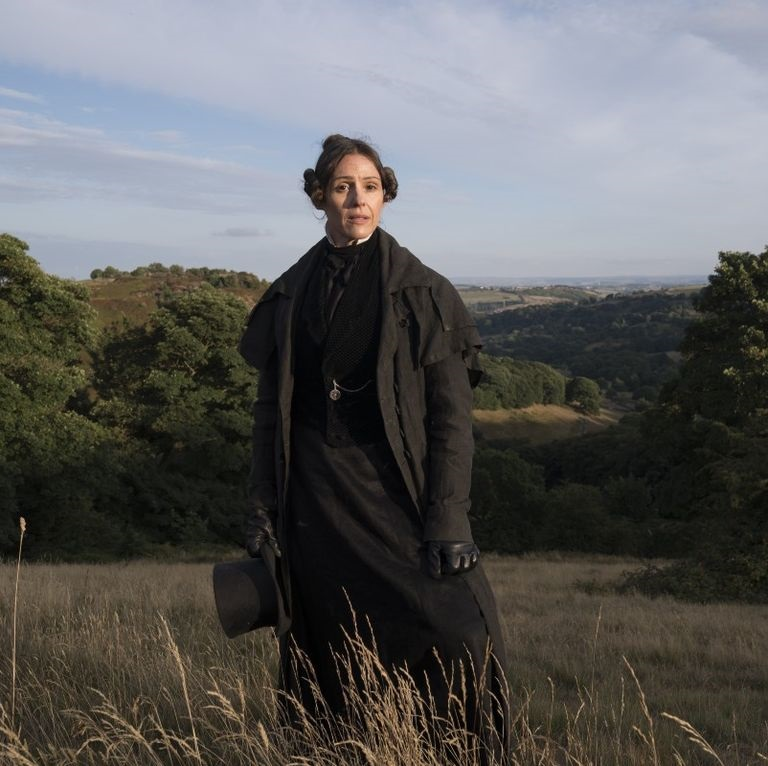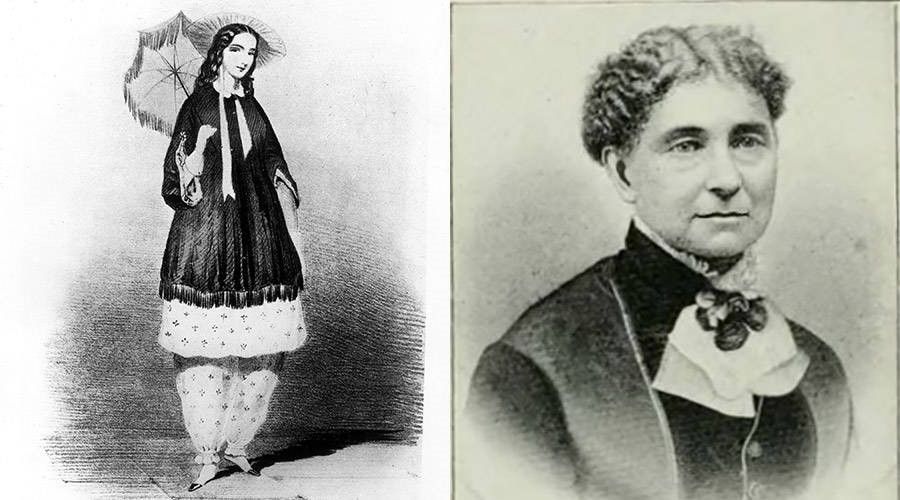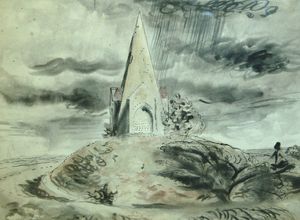In a three part serialisation, Hampshire Wardrobe's Havva Buckles discusses women wearing clothing originally designed for men from the 19th century to wartime Britain and beyond.
Part 1
In today’s modern, Western society, a second thought would not be given to a woman wearing trousers or an outfit previously considered for men only. Yet for centuries, women have been trying to put comfort and practicality first by wearing men’s clothes, rather than suffering the restrictions put upon them by conforming to the confined standards of women’s fashion dictated to them by society. We all know the Land Girls from WWII pulled on men’s work trousers and rolled up their sleeves to dig for victory, but it seems to be quite late in history.
Our jumping off point was the BBC’s recent broadcast of Gentleman Jack, a series based on the life of Anne Lister, the diarist and English landowner who defied society’s strict dress code. This encouraged a few questions in the Hampshire Wardrobe workroom, as all good costume dramas do!
Through research and the coded diaries written by Anne Lister herself, we have learned that Anne created a unique style of dress that, along with her noted masculine personality and preference for women over men, made her the topic of gossip. She was usually dressed head to toe in black, strapping her bust down in a flattening corset worn under a man’s shirt, with a black riding habit skirt and tailored jacket, complete with top hat and cane. Her diaries show she considered her outfits carefully, going into detail describing pieces of clothing she had made or adapted herself to be more comfortable and look less feminine. Tom Pye, world-renowned costume designer, used the absurdity of the fashions of the 1830s to highlight the stark contrast of Anne’s wardrobe.

The practicality of Anne’s clothing of choice is indisputable, as a land and colliery owner it would be hard to imagine her trying to navigate mines and farmland in virginal white cheesecloth like her peers. She even wrote about her appearance in her diaries and what others made of it:
“The people generally remark, as I pass along, how much I am like a man. I think they did it more this evening…I feel low this evening.”
Lister wasn’t the only woman of her time pushing boundaries with clothing. Just a decade later, we see the first wave of the feminist movement. With the support of a few other feminists and equal rights fighters, Amelia Bloomer, editor of the first women’s newspaper, The Lily, announced that the size and weight of layers of petticoats and crinolines, along with rib-crushing, whalebone corsets, were proving to be not only cumbersome but dangerous. Bloomer used her magazine to urge women to resist following the fashion for large skirts and championed the practicality that pantaloons brought. These became known as “bloomers”, which at the time were greeted with horror. Women were ridiculed and even arrested when wearing them in society. Sara Idacavage, lecturer and fashion historian from Parsons School of Design and Pratt Institute, researched this movement.
“The reason for their arrest was attributed to them doing ‘indecent acts’ instead of being based on wearing the actual garment…In other words, the garment itself wasn’t necessarily seen as breaking the law, but it was assumed that any women who wore them was probably up to no good and should be arrested anyways.”
Idacavage in The Huffington Post.

Part 2 will be published on 7 May.
If you have enjoyed Culture on Call and you are able to make a donation, any support you can give will help us keep people connected.



